The wedding is the sacrament of the connection of two loving hearts in the face of God. Orthodox wedding, although it does not have legal force, imposes obligations on a married couple to store the hearth and resist all the temptations that are found to a person on his life path. During the wedding ceremony, the newlyweds receive a blessing from the priest for a long happy family life and the birth of children.
Content
- The main conditions of the wedding in the Orthodox Church
- Church choice and acquaintance with the priest
- When to conduct a wedding ceremony
- What to prepare for the wedding ceremony
- Choosing clothes for a wedding
- Spiritual preparation for the sacrament of the wedding
- The rite of betrothal
- How the wedding occurs
- Wedding in the Orthodox Church: Video
The main conditions of the wedding in the Orthodox Church
- Before contacting the priest, the couple must register their relations in the registry office. Only after that, according to the law, the young can be married in the church.
- Baptism. Obviously, future spouses should be baptized. If it so happened that one of the spouses is not baptized, then first you need to go through the baptism of baptism. If one of the young Catholic or Protestant, then you can get permission to wedding. This issue must be discussed in advance with your priest. Sometimes for approval it is necessary to apply with a letter to the Metropolitan, as well as to give the clergy the obligation to educate future children in the spirit of Orthodox Christianity. But the wedding with representatives of non -Christian religions (for example, Buddhism or Muslim) is not held in the Orthodox Church.
- The Orthodox Church does not bless marriage between blood and spiritual relatives. Blood relatives are considered people whose kinship can be traced to the third knee. As for spiritual kinship, the godmother and the godson (and vice versa), as well as the godparents of one child, cannot be married. The situation is better to individually explain to the priest: in some cases, clergymen give permission to marriage.
- The ceremony is held if the bride and groom reached the appropriate age: for him - 18 years, for her - 16 years.
- The wedding is allowed to pairs that enter the first, second or third marriage. It is forbidden to get married for the fourth time. Before entering into a new marriage, the spouse or spouse should receive permission to terminate the previous union illuminated by the Church, and the blessing to create a new family.
- The witnesses (guarantors) are always chosen by baptized Orthodox Christians. Traditionally, married men were invited to guarantors who could give instructions to a young couple. Now this tradition is not always performed, so a unmarried guy and girl can also be witnesses.
Church choice and acquaintance with the priest
Young temple is chosen by themselves at the command of the soul. To do this, visit several churches, feel their energy - find the most cozy place for yourself.
Meet the priest who will perform the rite. We talk with him all the important details: the wedding date, how to prepare in a solemn day and what to bring with you to the temple. If your name at baptism differs from what is recorded in official documents - do not forget to warn about it: during the sacrament, the father should call you the way you were baptized before God.
If you want to take memorable photos, ask the priest if this is contrary to the rules of the temple. If you are allowed to shoot, then take care of choosing a professional photographer who can take good memorable pictures in conditions of complex lighting of the temple.
You should know that only a legitimate Orthodox priest can perform a wedding ceremony. The clergyman himself must be married. Monks cannot make a rite over the young.
The cost of a wedding ceremony may vary significantly. For example, in the capital and large cities, the cost will most likely be higher than in small villages. Some temples provide a fixed amount of donation from the young, while in others this issue is left at the discretion of the couple. However, you will have to spend more if you want a church choir to sang during the rite or the ringing of bells sounds. It is also more expensive to cost the ceremony if one of the spouses is not for the first time. If the fixed cost is too high for your family, tell the priest about it - most likely it will meet you.
When to conduct a wedding ceremony
Do not rush to get married on the day of marriage registration. Firstly, it will be physically difficult for you and your guests to withstand two ceremonies at once. Secondly, you need to consider this serious step well. Some couples put off the wedding for the period after the birth of a child or spend it after a couple of years of life together. You can choose the wedding date of your own free will, but taking into account the fact that on some days marriages are not consecrated:
- Christmas post (November 28 - January 6);
- Great post;
- Petrov post (date is mobile and depends on the date of Easter);
- Assumption post (August 14 - 27);
- Holy Week (7 days after Easter);
- Christmas time (January 7 - 19);
- Carnival;
- on Tuesdays, Thursdays and Saturdays;
- the day before the great and temple holidays.
Having determined the owned date of the wedding on your own, consult with the priest: if he gives his consent, sign up for the wedding on the selected day (most often you need to sign up in at least a few weeks). Be sure to say with the priest whether you want an individual wedding or allow the possibility of a wedding simultaneously with other pairs. The girl must be counted so that the date does not match the days of menstruation - in this female period, the sacrament is also impermissible.
What to prepare for the wedding ceremony
- During the rite, you will need two consecrated icons: the Savior and the Mother of God. If such icons are in the house of your parents, then they can convey them to a young couple. If there are no relics in the family, you will need to purchase them. On the wedding day of the icon, parents traditionally bring to the temple, but if parents do not attend the wedding, then the young themselves.
- Of course, for the wedding in the church, rings are needed - an ancient symbol of the inextricable union of loving hearts. Previously, during the rite, a man was put on a golden ring on his finger, and a silver woman. This was a special meaning: the husband is under the auspices of the sun, and the woman is the moon. Modern couples who do not want to adhere to such a tradition acquire the same rings made of gold, possibly with inserts of precious stones. The rings need to be given in advance to your priest: he will carry out their lighting with the assignment to the throne.
- White towels. On white fabric - a symbol of a long happy road - are young during the wedding. The second towel is connected by the hands of the newlyweds during the rite.
- Personable crosses on spouses must be necessary, as well as on witnesses and guests (if they belong to the Orthodox Church).
- Church wedding candles. You can purchase candles in the shop at the temple.
- Take a couple of white handkerchiefs with you, they will come in handy to hold candles. So you will not be distracted if the hot wax drops into your hand. Two more white shawls will be needed by witnesses in order to keep the crowns above the heads of the couple.
Choosing clothes for a wedding
First of all, the bride should be dressed in a dress - whatever your usual form of clothing, trousers or a business suit during the wedding will be inappropriate. The dress should close the back, shoulders of the girl and her knees. To cover your hands, you can think over an outfit with long gloves or shawls. The wedding dress should be light (white, beige, pale pink or pale blue). Avoid the appearance in the temple in a dark outfit or a dress of too bright colors. The bride’s makeup should be modest and natural. Remember that kissing a cross and an icon during a rite with painted lips is not permissible.
The bride (as always a woman) can be in the temple only with her head covered. The hat should prefer a light veil, because during the rite, a crown (church crown) is put on the head of the young - you should feel comfortable. By the way, sometimes (it depends on the temple) the crown is not worn, but is held above the heads of the couple throughout the ceremony. Keeping the crown is the task of witnesses.
There are no restrictions in choosing shoes - this is only your taste. However, think about the fact that you will have to stand in one place for a long time and your legs will be very tired if you are wearing uncomfortable shoes or shoes with too high heels.
The color of a man’s clothing can be both dark and bright. The main thing is that it is not everyday and unsportsmanlike clothes. A strict suit is best suited for the groom. The head of the newlywed, as with any visit to the church, should be uncovered.
Spiritual preparation for the sacrament of the wedding
The wedding ceremony must be prepared in advance. And above all, it is spiritual training - prayer and repentance. The priest will tell you how many days you will need to adhere to the post (most often it is 3-4 days) and what prayers to read before the wedding. The couple also need to go to confession and take communion of the holy secrets in order to cleanse your soul before entering the marriage. It is advisable to do all this not on the day of the wedding, but a little earlier - without haste and fuss. Before the wedding, you can’t eat anything, drink alcohol and smoke. It is also worth abandoning sex.
Unfortunately, some newlyweds perceive the wedding simply as a beautiful rite. Do not relate to the sacrament of family creation: if there is no sincere faith in your soul, it is better to refuse the wedding.
The rite of betrothal
The wedding always begins with the ceremony of betrothal. The betrothal means that the Lord Himself conveys the bride in the hands of the groom. The priest leads the young to the temple - this is a sign that from now on in the face of higher forces they represent a single whole - a family. A pair is carried out to protect them from demons of tempters, striving to destroy unions between people. Then a couple is blessed and handed to them lit wedding candles, which should burn in the hands of the young throughout the rite. Light candles are a symbol of pure love, which the couple should now store all their lives.
The priest pronounces a number of prayers, among which the first prayer for the bride and groom. It is read on behalf of all relatives and friends of those present in the temple.
On the ring finger of the bride and groom, the clergyman puts on wedding rings. It is believed that through the rings that were on the holy throne, the divine blessing and patronage condescends on the young. Then the couple changes rings: the groom puts his ring on the bride’s finger, showing that he is ready to help and protect her all his life, and the bride - showing eternal devotion and willingness to accept her husband’s support. The exchange of rings is performed three times and accompanied by prayers. Thus ends the first stage of the rite - betrothal and the sacrament of the wedding begins directly.
How the wedding occurs
The wedding symbolizes that the young now become the king and the queen for each other. The wedding begins when the bride and groom, after the priest, go to the middle of the temple. At the same time, both future spouses hold lit wedding candles. Thus, the couple agrees throughout his life to follow all the commandments of the Lord.
Young become a rushnik who is not spread on the floor and again confirm that their desire to create a family mutual, voluntary and sincere, and also that not one of the young made a promise to create a family to a third party. It is the expression of consent that is the main basis for marriage in the Orthodox Church, after which it can be covered by the Church.
Only now can the wedding occur. The priest offers prayers for the blessing of marriage, joy in the family, the purity of the souls of spouses, as well as the birth of children and grandchildren. The priest takes the crown and baptizes the young people in turn. At the same time, the man applies to the image of the Savior, and the woman - to the image of the Blessed Virgin Mary. The words of the clergyman “Lord, our God, glory and honor them!” - These are the most solemn words of the whole sacrament: it is at this moment that the blessing of the defending couple takes place.
After the election of prayers, the priest gives young cups. Red wine, which, by tradition, should sip the newlyweds is a symbol of the miracle that the Lord created. The first sip is the first to make the head of the family - a man, and behind him is a woman. The cup symbolizes the constant sincere communication of the spouses among themselves, means joy and fun. Then the holy father connects the hands of her husband and wife, and puts his hand on top - this is a sign that a man receives a woman in his wife from the hands of the church herself.
Three times the spouses are circled around Analoy - now they become husband and wife. The priest gives instruction to the young family, and then the guests can congratulate the couple.

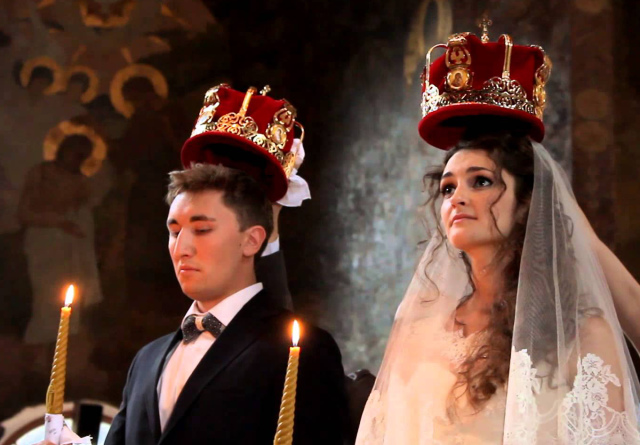

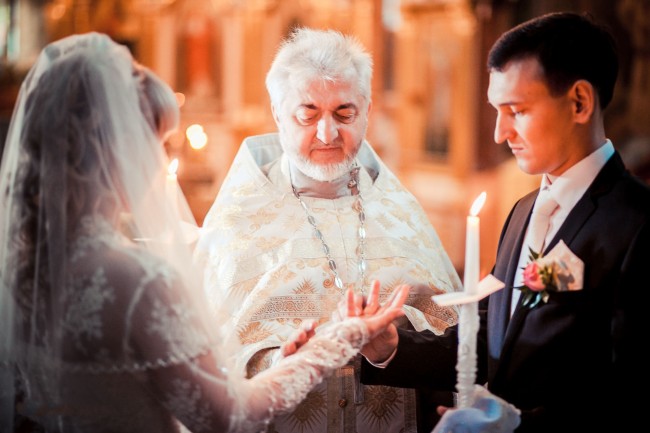

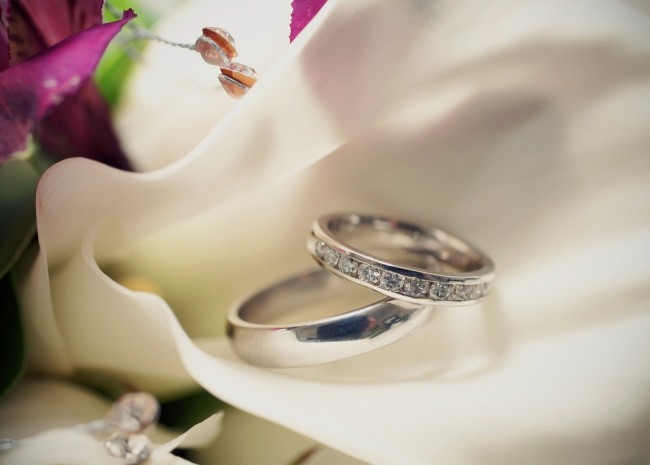
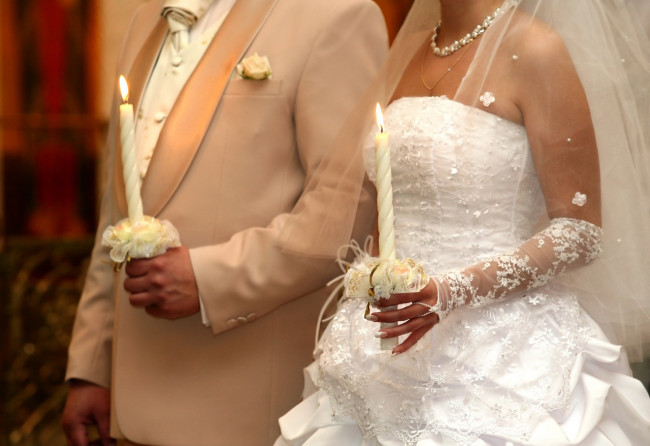
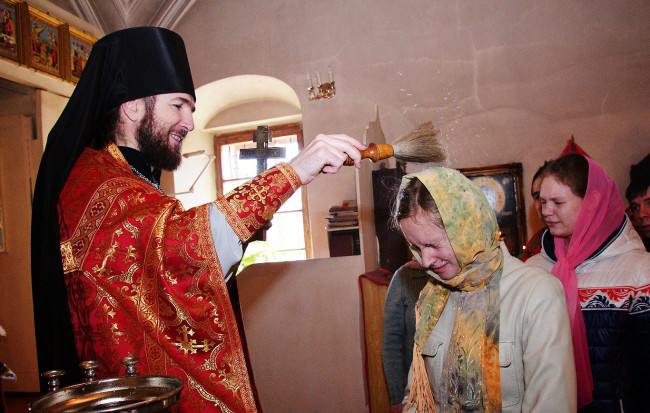
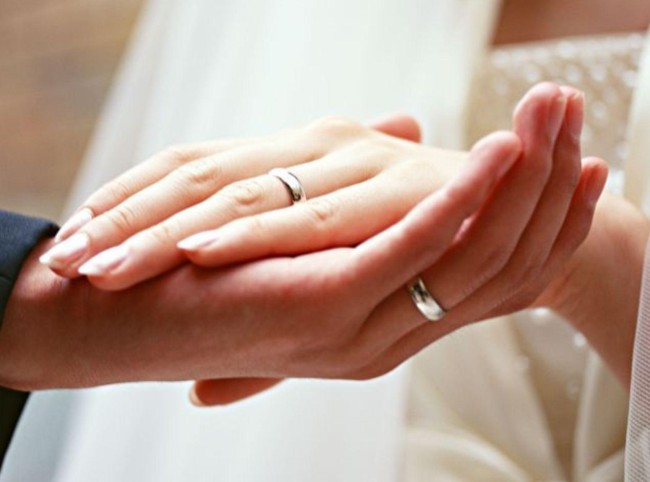
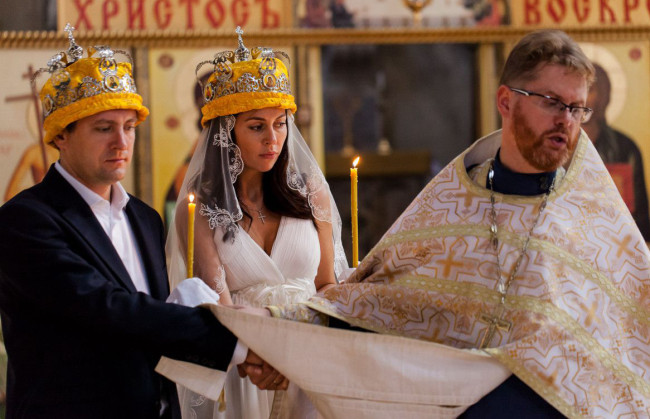







Comments
a couple of years ago, there was no side of metrogils from the same problem, there were no side effects ...
I’m not a fan of peeling at all, it saves from acne of metrogil, it also smoothes it ...
Great article! ...
I take the second course of the Capsules Climafite 911. The tides went very quickly. It became calmer, irritability went away and I sleep well ...
i also noticed - it is worth nervous, everything immediately affects the face. Therefore, I try to avoid conflicts and unpleasant people. Of the creams, I like Miaflow from wrinkles - smoothes not only small wrinkles ...